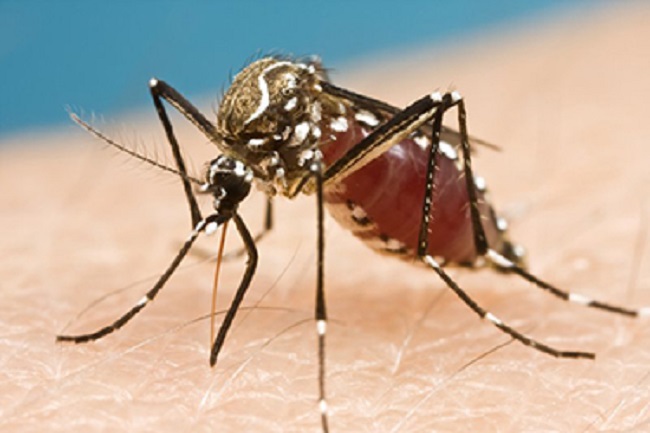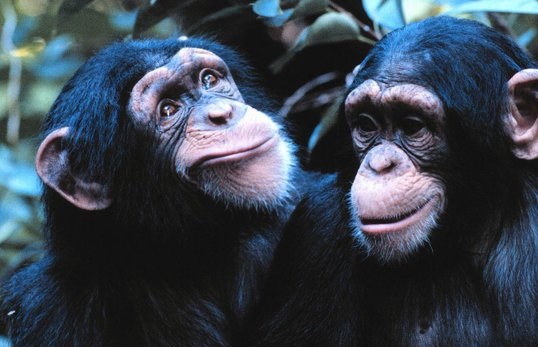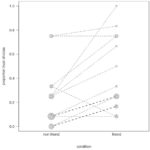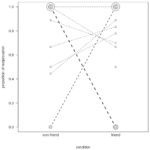The Zika virus, which has caused a surge in infant birth defects in Latin America and the Caribbean in recent years, and which has now spread to the U.S., is carried by a type of mosquito common in the Southern states, according to Dr. Albert Icksang Ko, an epidemiologist at Yale.
“The mosquito vector for Zika is genus Aedes mosquitos, of which Aedes aegypti as well as Aedes albopictus is found to infest regions of North America, such as Mexico and southern U.S,” Ko, Professor of Epidemiology and Medicine at Yale, told The Speaker.
Ko, whose work focuses on the health problems which have emerged as a consequence of rapid urbanization and social inequity, commented on the possible future of the virus:
“This is a potentially serious public health threat since it can be transmitted rapidly to regions where the mosquito vector is in sufficient abundance and because of the risk it poses to causing birth defects in newborns whose mothers were infected during pregnancy.”
The as-yet untreatable virus has been found in a half-dozen cases in the U.S. over the past two weeks. In all cases the mother had recently travelled to a Latin American or Caribbean country.
A U.S. travel warning is currently in effect advising pregnant women to avoid travel from 22 countries in which the Zika virus is common.
Ko told us that human biological responses to the virus — such as immunity in already-affected areas — are not yet understood. “We presume that after an immunocompetent individual is infected with zika virus they will develop lifelong immunity shortly after infection as with other flavirus infectionsm but we don’t have direct evidence at this point.”
The Zika virus has been known since 1947 when it was identified in Uganda. The virus was initially found in a rhesus monkey during yellow fever research. Seven years later, in 1954, the virus was discovered in a human in Nigeria. Cases were rare until 2007 when larger outbreaks began in several Pacific Island nations.


















